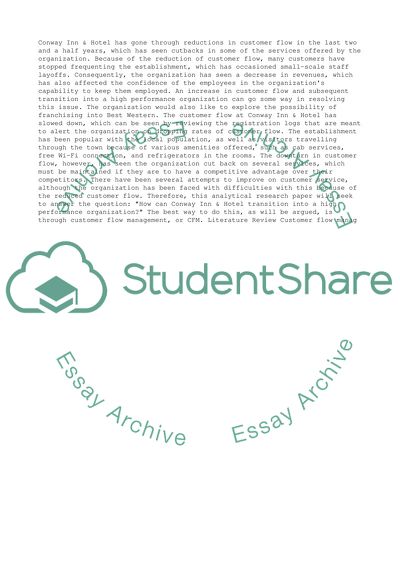Cite this document
(“Improving Organizational Communication through CFM Essay”, n.d.)
Improving Organizational Communication through CFM Essay. Retrieved from https://studentshare.org/management/1484375-improving-organizational-communication-through-cfm
Improving Organizational Communication through CFM Essay. Retrieved from https://studentshare.org/management/1484375-improving-organizational-communication-through-cfm
(Improving Organizational Communication through CFM Essay)
Improving Organizational Communication through CFM Essay. https://studentshare.org/management/1484375-improving-organizational-communication-through-cfm.
Improving Organizational Communication through CFM Essay. https://studentshare.org/management/1484375-improving-organizational-communication-through-cfm.
“Improving Organizational Communication through CFM Essay”, n.d. https://studentshare.org/management/1484375-improving-organizational-communication-through-cfm.


